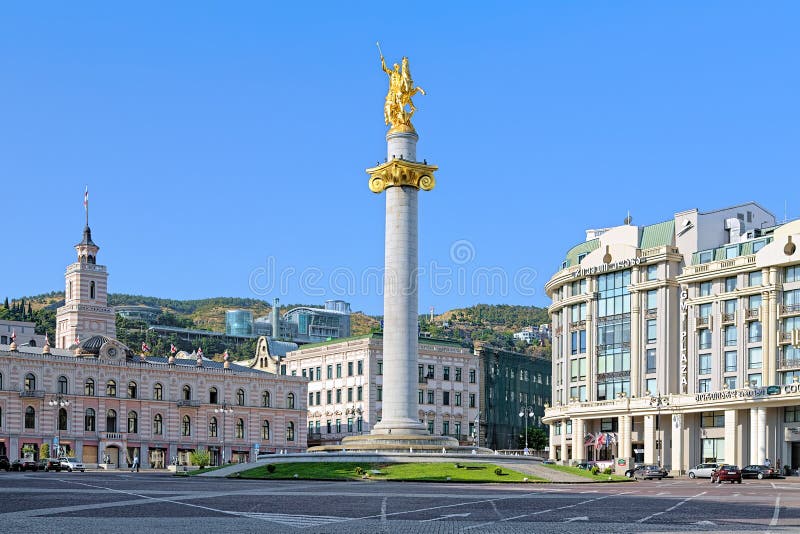

With the company now starting to get a name for environment art, they were excited to illustrate their expertise in story development and character design.

The proposal was to create a finished piece of final-pixel animated content in Unreal Engine.

Virtual production techniques help Mold3D Studio create Slay in a pandemicĪfter the UE5 Demo wrapped, Edward began talking to Epic about Slay. There have been some great advances in the latest UE 4.27 release-especially in the realm of virtual production-but features like Nanite and Lumen are really going to change the game.” “We’re currently using UE4, until UE5 is production-ready. “It was exciting to get a taste of what’s coming in UE5 in the future,” says Edward. They put the experience gained on previous projects like The Mandalorian to good use when tasked with creating extremely complex and high-resolution 3D models to show off Nanite, UE5’s virtualized micropolygon geometry system. Around this time, the studio was also approached by Epic to work on the Unreal Engine 5 reveal demo. Shortly thereafter, Mold3D Studio was invited back to join the VAD for The Mandalorian Season 2. We could all feel that this was happening.” “I was trying to build for what I saw that was coming-the future of visual effects. “It was the foundation of us starting up a studio solely devoted to the art of being a real real-time studio,” he says. In these early days of virtual production, Edward was using Unreal Engine to create pitches for films and to visualize environments for directors, enabling them to do virtual scouting, and to set up shots, color, and lighting that were then fed to the visual effects vendor where they would finish the film.Īfter his time at Fox VFX Lab, Edward and his team were asked to be a part of the VAD for The Mandalorian. With some Unreal Engine experience now under his belt, Edward joined Fox VFX Lab, where he was asked to head up their new VAD (virtual art department) and build a team.


 0 kommentar(er)
0 kommentar(er)
